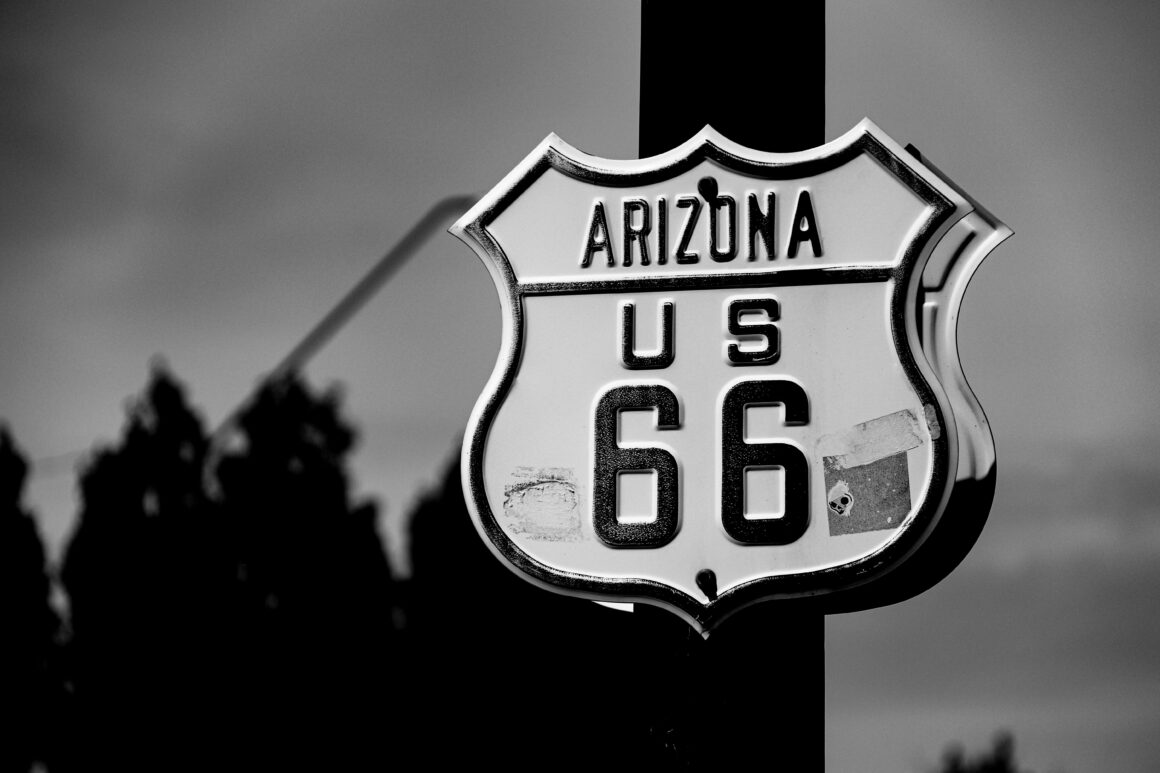WARNING: ‘Kong: Skull Island’ spoilers ahead
Since its first release in 1933, people have been certain that King Kong is a film representative of society’s beliefs about relationships between black men and white women. Today some still hold the belief that interracial relationships should be outlawed, but the existence of these movies seems to move into a path of the normalization of this belief in an insidious manner.
King Kong seems to have a propensity to be offensive and although the creators of any of the movies have yet to comment on whether or not this is purposeful: it’s visible.
The 1933 film’s plot highlights the “golden woman” in distress or Ann Darrow as the only way to take down Kong as the beast will follow any path that leads to her without hesitation. The longing for Ann by King Kong develops the idea that just her existence is enough to put it into a trance because she is just that irresistible. David N. Rosen elaborates in his essay King Kong: Race, Sex, and Rebellion by saying “The sexual theme touches on the standard racist myth of the black male’s exaggerated sexual potency, and the complementary notion of his insatiable desire for white women.” The rest of the film’s plot deals with Jack Driscoll, a white man, leading a rescue team to save Ann once she is snatched by King Kong. It is interesting to see that the film acknowledges that the white woman possibly feels a connection to the beast (or the black man) and yet she must be brought to her senses/saved from the beast by a white man.
For context on this blatantly regressive concept, the year 1933 must be put into perspective. Miscegenation laws were normative and often read as follows:”
Therefore it is no surprise that King Kong displayed the idea that black men were dangerous and crazed by the beauty of white women. But since 1933 there have been two remakes, (one in 1976 and another in 2005) yet the story has not changed. Perhaps it can be assumed that major studios know that white people are fascinated with a white woman being saved by a white man from a big black beast (man).
2017 marks the beginning of a new era for the King Kong story. Kong: Skull Island places Samuel L. Jackson in the place of Jack Driscoll as a Lieutenant Colonel named Preston Packard setting out to save his crew members who have been harmed by the savage Kong of Skull Island. Brie Larson and Tom Hiddleston play the Kong sympathizers as Mason Weaver and James Conrad, but the movie ends with Samuel L. Jackson’s death. Thus now the film still seems to hold an unsavory meaning and to cater to bigots on an even more subliminal level through the illusion of black-on-black crime.
King Kong seems to have a propensity to be offensive and although the creators of any of the movies have yet to comment on whether or not this is purposeful: it’s visible. It seems that the producers of the latest King Kong installment tried to veer from the usual story, but it is not clear whether or not they wanted to get into an even more intensely offensive lane or if they attempted to mitigate the past issues of King Kong and worsened the situation.





Comments are closed.